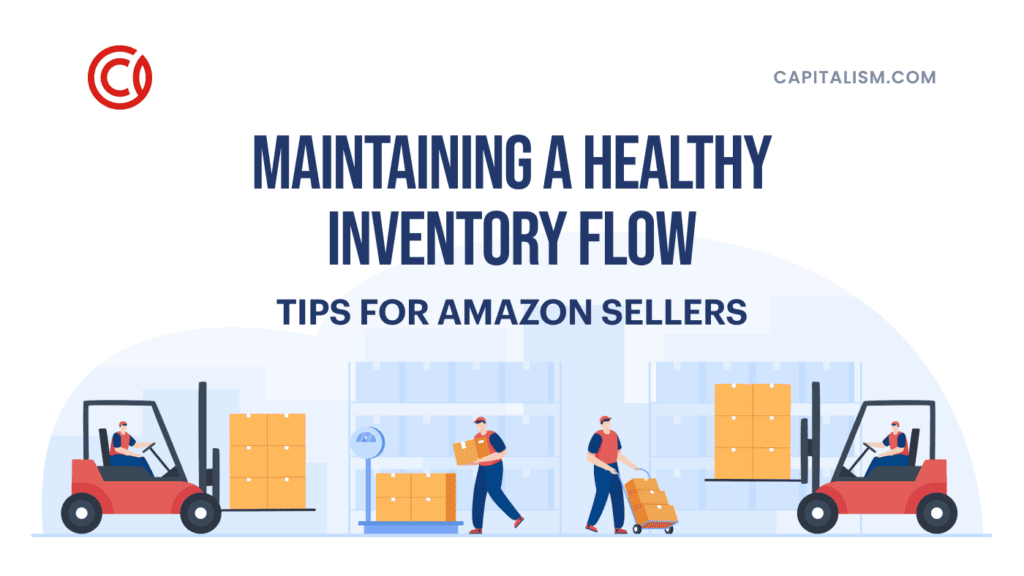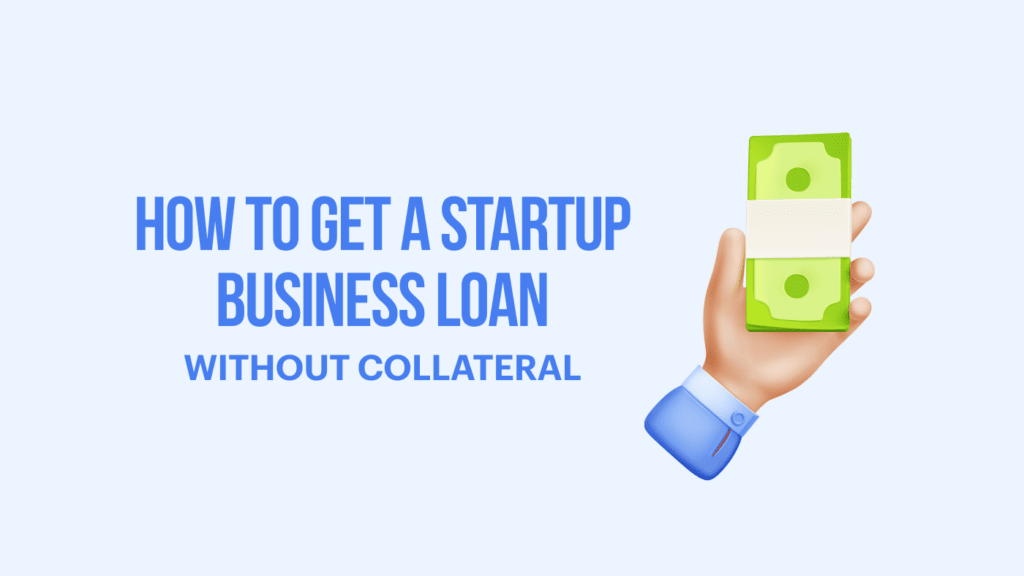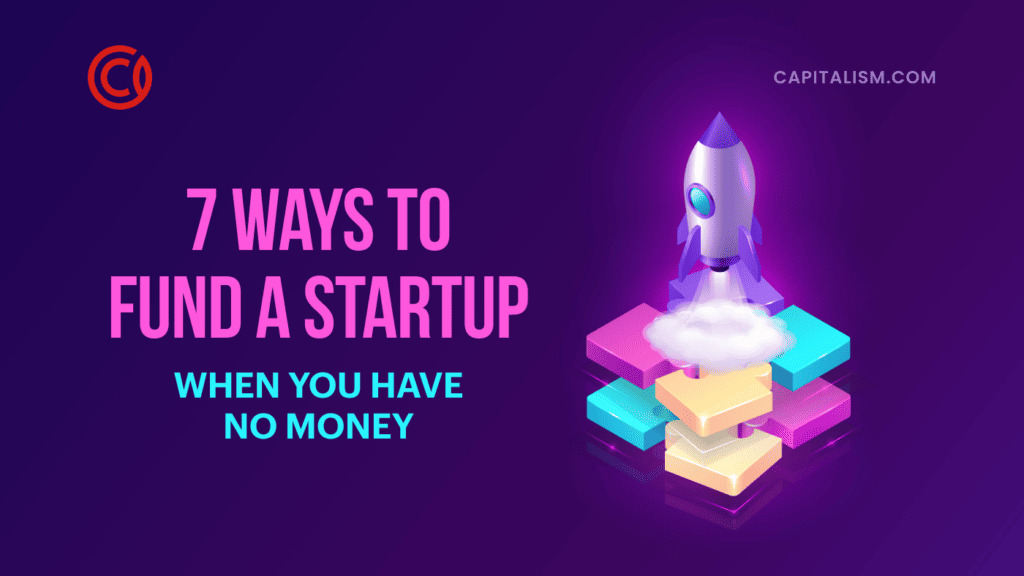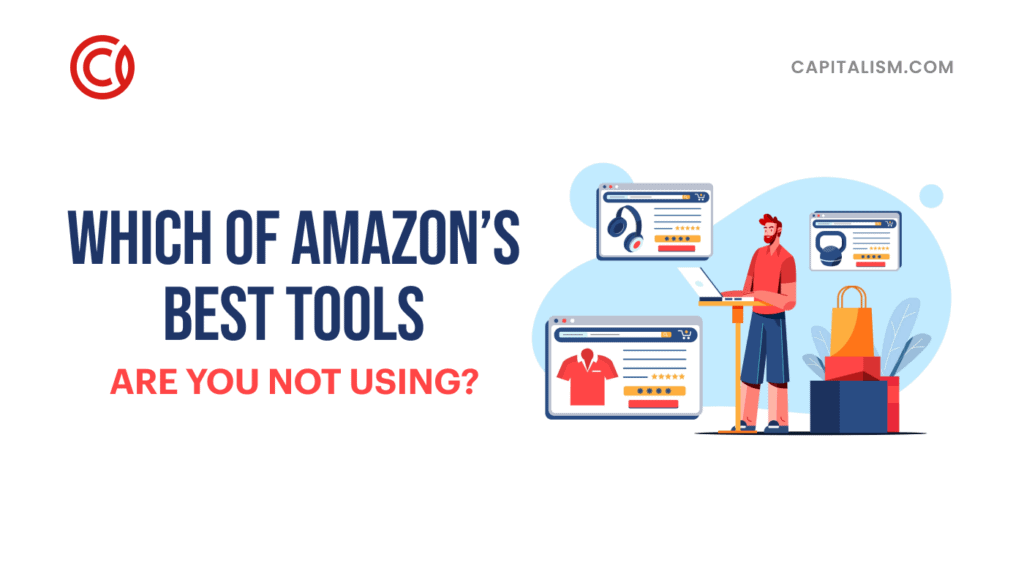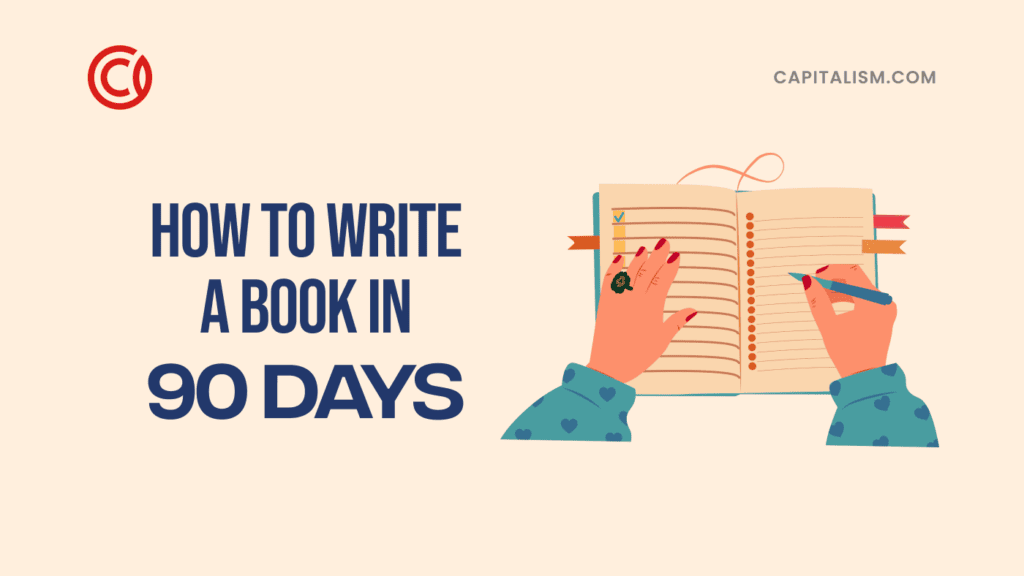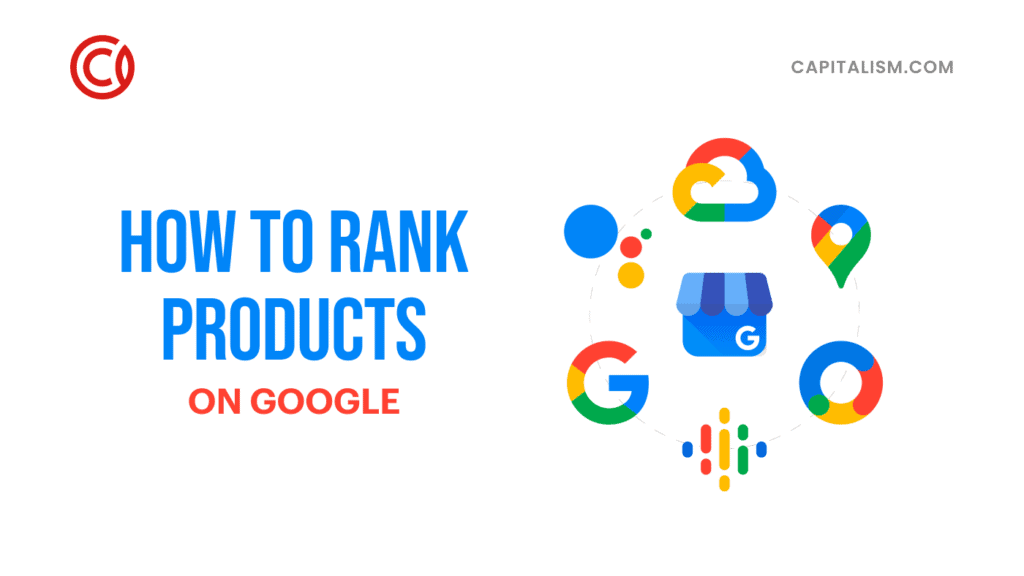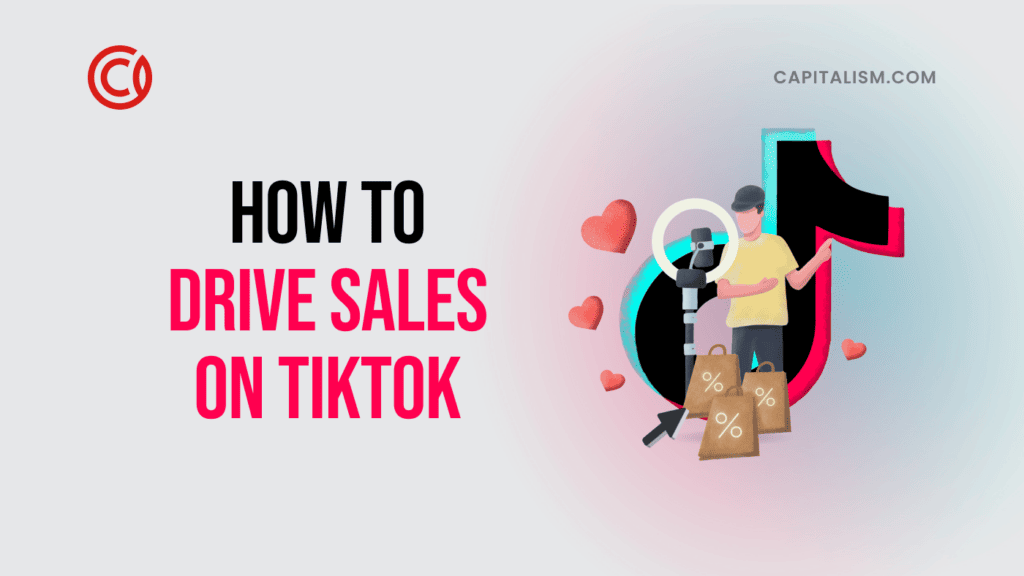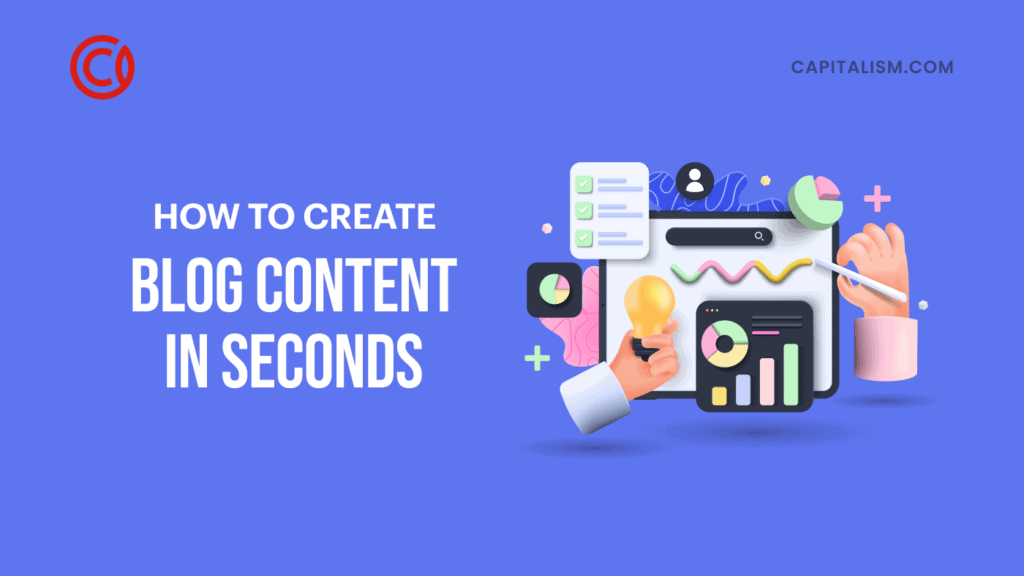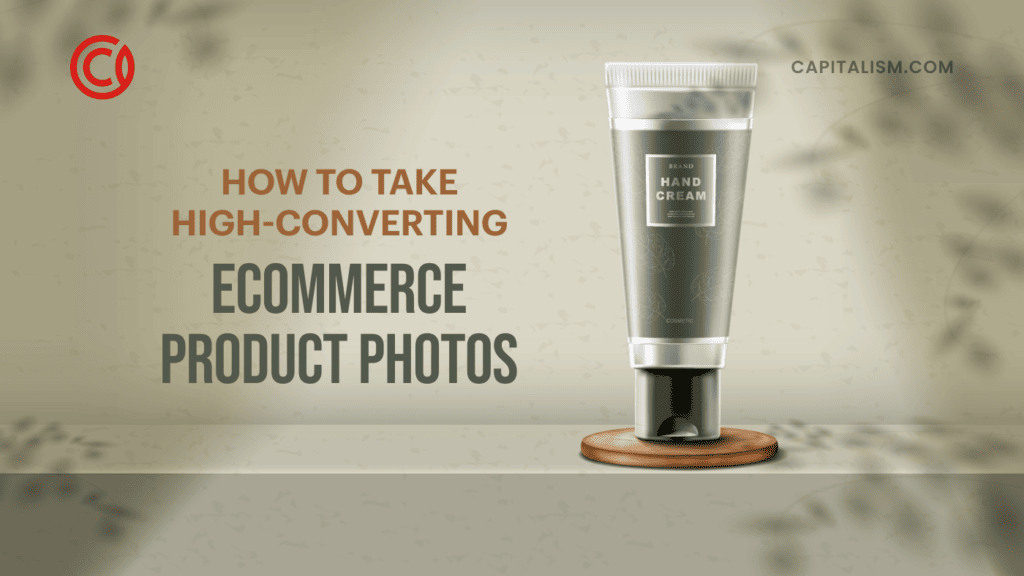As a product creator, you are probably super busy. Especially if you are doing this as a side-hustle, there’s very little time to set up complex sales funnels, email series, and other necessities of being in business online. But, there is no way around it. Either you develop a sales funnel that works, or your product sales will never reach their full potential (and that’s money that’s not in your bank account!). In the best case scenario, an automated sales funnel will serve your needs and help you as an Amazon seller if that is the route you are headed.
Understanding how sales funnels work
Wait, slow down for sec. What’s a sales funnel? You’ve heard the term thrown around in the marketing world and maybe you have seen the images of the big funnel on various websites. But what’s it all mean?
In layman’s terms, a sales funnel is a series of steps to get people interested in your product and then converting them into paying customers. The funnel image comes from the way it works - with a lot of website or social media visitors starting out, but then a smaller number of people coming out the other end as loyal customers. Inside the funnel are the offers that you make to these people.
At minimum there are five phases of the sales funnel process, which McKinsey & Company shares in a graphic, based on their research of over 20,000 consumers across several industries and three continents:

Now, let me explain what this means, so you can get a better feel for how the sales funnel process goes in most cases.
Awareness of your brand - It can take a while for consumers to get wind of your brand. This is where everyone is in the funnel. If you offer something of value, have researched your market well, and use an active stand connecting with potential consumers-- this process is sped up. One statistic I’ve heard is that it takes people at least seven times to hear a message or see a new brand before they want to learn more. Take advantage of every opportunity to let others know about your brand.
Familiarity of the brand - A brand that is clear and makes sense to the intended consumer market starts to become more familiar to prospects. This can happen through published content on well-known sources, concentrated marketing on social media, advertising on Amazon, or great Facebook advertisements. The number of consumers in the funnel are still large, but it’s starting to narrow down. The goal is to keep them interested in your brand until the time is right to offer something they will perceive as valuable.
Consideration of the offer or product - Once the consumer is familiar and comfortable with the brand, it’s time to make an offer. Most recommend the offer be somewhere between $27-37 to start off with, but it can be more depending on the value. When selling on Amazon, consider the fees you will pay. Don’t worry if the first offer is rejected. There’s time to offer some freebies, upsells and alternatives in different price points. One may resonate with the consumer and you’re on your way to getting your first sale.
Decision to make a purchase - Once your target market has spent time getting to know your brand, has repeatedly considered your offers, and decides to make a purchase -- Statista shows that the average conversion rate is 2.42 percent of the time. You will want to have several offers, with different price points, and some free offers. The goal is to get the consumer to trust you and buy something from you.
Loyalty as a consumer - Once a customer has made their first purchase or downloaded a free quality product, they can experience your value. By this time, they are familiar with your brand, have been exposed to your ideas, and are gaining interest in buying from you again in the future. Oftentimes, loyal customers will promote your products to their friends and colleagues if they are impressed enough. Foster this relationship and reap the rewards of a loyal customer.
Sounds complicated? It may at first and there is nothing to feel bad about. Everyone has to start somewhere.
Fortunately, over time, some smart people in marketing have figured out ways to automate the entire sales funnel process. This can save you some serious time and earn you a lot more for your product. If you are selling on platforms like Amazon, it’s doubly important to have an automated sales funnel that will convert casual lookers to loyal customers.
If you are not sure yet about building your first automated sales funnel, or if you’ve grown frustrated with the one you’ve got now, remember that the goal of selling digital products online is to make money while you sleep. That right there is freedom, and it’s probably why you got into online sales in the first place. Am I right?
Setting up the automated sales funnel
Without further ado, here’s my step-by-step guide to creating an automated sales funnel. The effort you put in now will pay off later. Roll up your sleeves and let’s get started.
Step #1 - Create content that addresses the pain points of your target customers.
In order to become known as an expert or a reliable source of information, it takes a lot of hard work upfront. This means, researching your market well and then writing a ton of content and sharing it on multiple platforms. Be sure to create content that speaks to the needs of the people you want to help. A website or blog is fine, but your content won't gain much traction if you forget to share it on social media sites, through partners and affiliates, and networking with those in the market who understand your topic.
Get help by hiring a freelancer (or two) to create your content for these purposes. Use a variety of content too, since some people respond to written materials (reports, blog articles) while others prefer images and videos. Consider conducting regular live sessions on social networks, which can be very powerful.
Step #2 - Create a lead magnet to get consumers to enter your funnel.
Now is the time when your marketing skills need to be their best. You are creating leads that will essentially “stick the consumer to your brand” thus the magnet reference. These lead magnets need to be things that immediately appeal to the consumer. For example, a mini-course that shares ideas how to solve a problem. Or how about a cheat list that gives consumers inside ideas for improving something?
Try to think like your consumer and find a few products you can give away, something you can sell for less than $20, and something that you can try to offer them for $40 and up. Offer higher end products at a discount that is only available for the time the consumer is in the process of signing up. These can be created out of PLR products, existing blog or podcast material, or a freelancer can design custom content.
Step #3 - Select an opt-in form or landing page tool.
With so many choices out there, you can automate your sales funnel with an opt-in form or landing page of your choice. It all depends on how you will be reaching out to your people. With all the content you’ve been sharing, you may already have a great following of social media fans. Use a social media advertisement or opt-in link to bring people to your website where they can gain access to your lead magnet offering. If you have a large email list, send them frequent updates on what you are offering and include your link.
Your opt-in page asks for an email address in exchange for access to the product, and you will want to set up at least 2 tripwires to try and upsell more while the consumer is there. Once someone requests your offer, have a thank you, getting to know you, a FAQ email, a soft offer email, and what’s coming in future set of email responses already set up.
Step #4 - Keep nurturing relationships with your list.
Remember when I mentioned the importance of building a list of people? This is vital to your success as an online marketer. It’s very important to continue to nurture and create value for your list, so they don’t lose interest. Now I’m not saying you need to email them daily. What I mean is you need to touch your list at least once or twice a week with valuable content, offers, and friendly posts. Let people know that you are a published author and that they can learn more by grabbing a copy of your book online. You can do this is by crafting an email series each month, in advance. This email series will be scheduled and sent out by your email marketing software. You can design these emails to be triggered by the behavior of consumers.
For example, let’s say a consumer opts in for an email freebie and then decides to buy your lowest cost offer in the upsell (in this case your brand new eBook on Amazon). Once you have sent the series of introductory thank you and welcome emails, have emails written that relate to the product they’ve purchased. The emails can encourage the person to take action on the topic, connect with your community, sign up for a free live session or webinar, and dig deeper into the material so they can be successful. You can even offer them an exclusive free bonus to delight them. This shows that you are genuinely interested in them.
Step #5 - Evaluate your results and ask for feedback.
Make sure you are evaluating the success of your email and social media marketing campaigns on a regular basis. Fortunately, there are many free tools built into email marketing software that allow you to see what emails are opened, read, and if consumers clicked through to buy anything. Social media sites will show you what posts were most popular, shared, and you can verify sales against your records for each day. Amazon sellers can track the stats around their products, how many times they were searched for, how many purchases made, and when.
Why is all this data so important? You can learn a lot about your consumers, such as what days and times they are most likely to open an email from you or when its the best time to post on a social media account. You can use this information to schedule future automated emails and posts to improve results and earnings.
No one is perfect in the online marketing world, but there are ways to remain an expert that others want to buy from. Automated sales funnels can be used to streamline and save time while you work on other products and new ideas. Always ask for feedback from your list. You can do this by sending out a brief survey once in a while in exchange for a freebie. Or you can go to your Amazon product pages and read through the comments left by consumers. This information can let you know if you are on the right track or if you need to make some serious improvements.
Step #6 - Increase your exposure with affiliates.
You don't have to do all the work yourself. In an automated sales funnel, it is important to expand your influence and exposure by adding affiliates. These are people who have become fans of your brand and what you offer. Affiliates act as brand ambassadors, spreading the word to their own networks in exchange for a small piece of the earnings. How can you make your affiliate program work for you on autopilot?
First, connect with the right types of people who already have large networks. These are generally other entrepreneurs, online marketers, and influencers. They understand how affiliate programs work and what to expect. Install an affiliate sign up link on your website (some opt-in tools and subscription platforms offer this) and you are good to go. Provide your affiliates with selling tools, like graphics, pre-written emails, and monthly promotions. Hint - You can take some of your emails for consumers and simply modify them for your affiliates.
Treat your affiliates well and they, in turn, will help you to generate more wealth without doing any extra work. Have competitions to see who can earn the most and then offer bonuses or other perks to the top 3. Become an affiliate for your affiliates too, and offer their products to your email or social media list. This relationship is mutually beneficial.
Step #7 - Take things to the next level with Facebook ads.
Facebook advertisements are still the go-to way of attracting more consumers to your offers. Once set up, they automate your earnings. Create a Facebook ad campaign and start with a $100 a month spending limit. Gradually increase this as sales increase until you find your “sweet spot”. For many, spending around $400 a month to promote big ticket item like $5,000 conferences and online courses works out well. Lower ticket items require less ad spend. Get help from a capable Facebook advertising expert to create and monitor your ads.
There are other advertising opportunities, such as Amazon, where sellers can sell their products, but also advertise with paid ads. This allows products to appear twice when a consumer searches for a related product, influencing their decision to make a purchase. Include this in your automated sales funnel technique by sending a prompt thank you to each consumer who has made a purchase and inviting them to learn more about a free offer you have.
These steps for setting up an automated sales funnel may seem like a lot to implement, but if you take each one and break down the tasks, you will have it set up in very little time. There are also many skilled people out there who are happy to help you for free or a small fee. Connect with communities of other online marketers who have products and lists of the best tools you can use for your sales funnel, opt in, and email marketing. The information is readily available for those who want to build a successful online marketing business.


